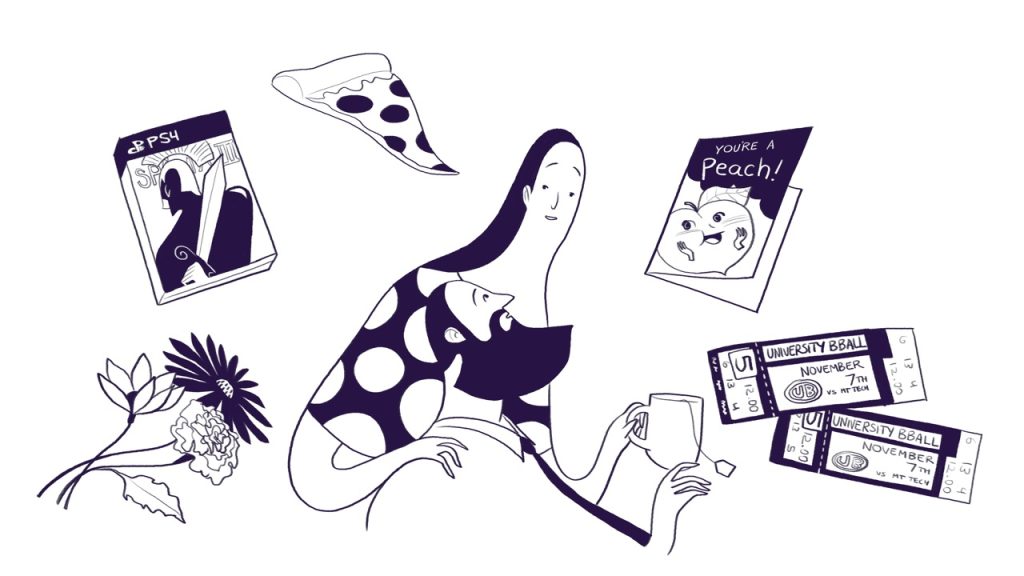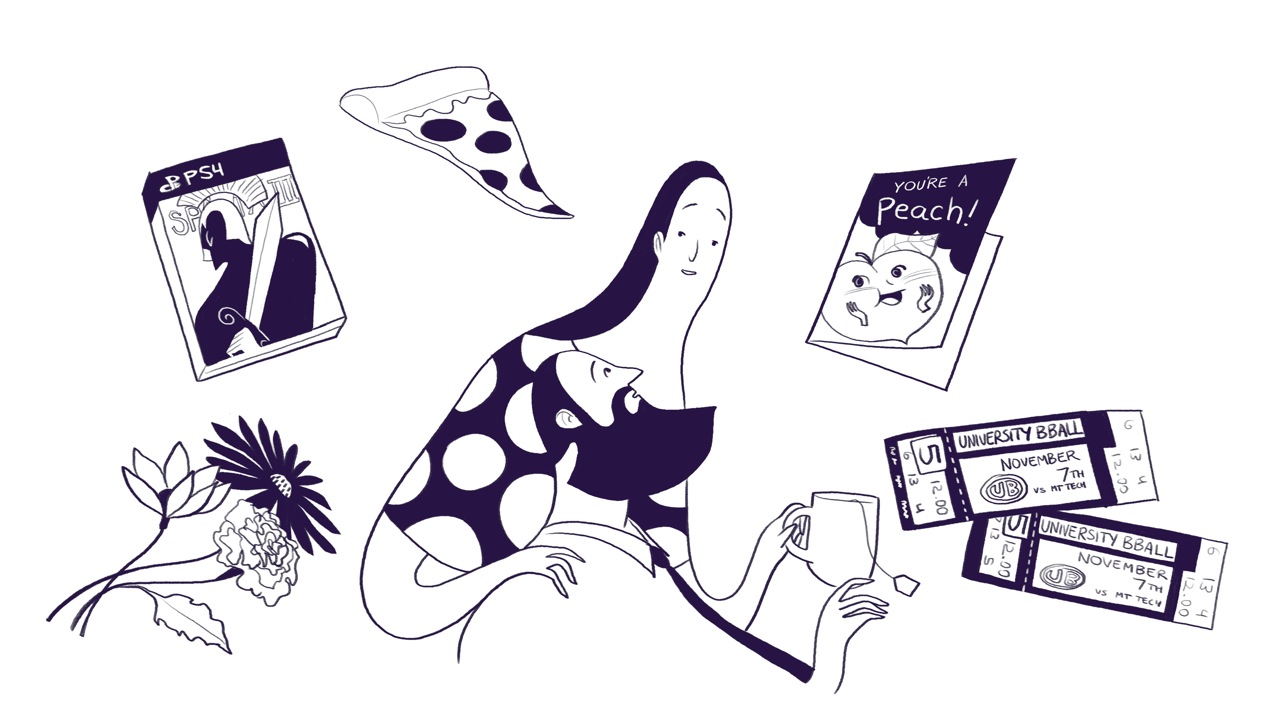How to Use Rewards with An Addicted Family Member

As the loved one of someone addicted to drugs or alcohol, you have two important goals: finding and getting them into treatment, and increasing your own quality of life. Consider the power of your own behavior in meeting these goals.
Making changes to how you respond during your loved one’s moments of sobriety will encourage non-use. It will also help you to stay connected and keep a bridge between the two of you. When your loved one has had enough with their use, that bridge will make the difference. Your loved one is more likely to come to you asking for help if you are well connected.
*This post originally appeared on our Member Site blog, where experts respond to members’ questions and concerns. To take advantage of our current special offer and get full access to the Allies in Recovery eLearning program for families, click here.
Enabling sober moments
People have heard a lot about the importance of not enabling use (e.g., acting like nothing is wrong when your loved one is high or drunk), but not about how to enable sobriety.
Instead of only criticizing when a loved one is using alcohol or drugs, it’s more important to call attention to those moments when they’re not using, and do what you can to encourage them. Put another way, you are rewarding non-use and enabling sober moments.
When people receive a reward for their behavior, they are more likely to repeat that behavior.
It may seem like common sense, but it’s not something that comes naturally – especially when we are so emotionally affected by a loved one’s actions.
Examples of rewards for acknowledging and increasing non-use
A reward can be a material thing like a small gift, or it may be a simple pat on the back, a back rub, or a verbal affirmation. There are all kinds of ways you can make it clear that you noticed.
There are two purposes to rewards. The first is to reward non-use, for example:
- She didn’t go out and get high last night, so you put her coffee beside the bed like you used to.
- Your son came home from school looking sober, so you give him that gaming video you’ve been saving in your purse and comment on how clear his eyes look.
- You went to see your son at college and he greeted you looking sober. You take that bag of groceries out of the trunk and give it to him.
- Your mom didn’t drink all day. You tell her you love her and give her a flower.
The second is to increase periods of non-use. For example:
- Your husband loves being with his grandchildren. You arrange for your daughter and grandchildren to come over before mid-afternoon, the time your husband usually starts to drink.
- Your wife came home grumpy from work and is ready to start drinking. You offer to draw her a bath and to take the kids to the park for an hour.
I worked with a wife whose husband drank every night after coming home from work. The only time she saw him not drinking was when he stepped through the door at the end of the day.
She came up with the idea of greeting him at the door. “Hi, hon,” she said, holding the cat in her arms. “You know, since I’ve been retired, me and the cat are a little lonely during the day. I just want to tell you how happy it makes me to see you come home.”
She gave him a hug and a smile. Then they went for a walk and she fixed them some dinner. He didn’t start drinking until 8 o’clock that night. Four hours together without alcohol in the mix and the opportunity for both of them to remember how close and loving they could be. It was huge.
Here’s another reason for focusing on the positive. Noticing your loved one’s good behaviors and rewarding them with praise will make YOU feel better. It will make you soften. You may be surprised how different it can make you feel about your loved one and about yourself.
There is evidence that the more positive you are, the more positive your respondent. Wouldn’t it be nice to see your loved one be more positive? As a parent once told me about her daughter: “The more I accepted the positive in her, the better I felt about myself.”
A membership at Allies in Recovery brings you into contact with experts in the fields of recovery and treatment for drug and alcohol issues. Our learning platform introduces you to CRAFT and guides you through the best techniques for unblocking the situation. Together we will move your loved one towards recovery. Learn more here

